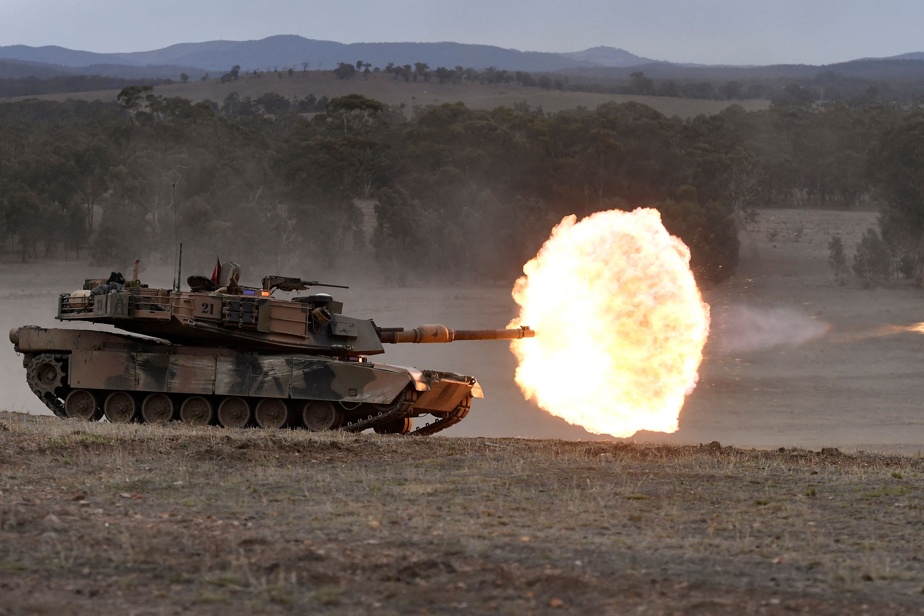(Canberra) Australia on Monday unveiled a major overhaul of its defense doctrine to thwart China’s military build-up in particular, amid tensions in Asia Pacific where Beijing’s influence is growing.
“Today, for the first time in 35 years, we are redefining the mission of the Australian Defense Force,” Australian Defense Minister Richard Marles said, saying the previous strategy was “no longer fit for purpose.” target objective”.
Australia’s new military doctrine now focuses on deterrence, aimed at keeping the adversary at bay before he can reach Australian territory, and recommends the use of missiles, submarines and cybernetic tools for this.
The new strategic report from the Ministry of Defense justifies this development by strengthening Beijing’s military capabilities and warns against the increase “ the risks of military escalation or miscalculation ”.
Australian military analysts have watched China’s military buildup with suspicion, fearing that Beijing’s increased military capabilities could de facto cut Australia off from its trading partners and global supply chains.
Faced with this threat, the new Australian defense doctrine advocates the recruitment of soldiers as well as the strengthening of military bases in the north of the country and the expansion of the air, land and sea strike capabilities of its army.
Canberra had already announced the development of a new fleet of nuclear-powered submarines armed with cruise missiles, as part of the AUKUS alliance (Australia, United Kingdom and United States), with the ambition of reshaping Western military presence in the Pacific.
On Monday, Mr Marles said the Australian Defense Force will also be provided with long-range strike capabilities, both land and air.
The advent of the “missile age” in modern warfare, crystallized by the proliferation of long-range precision strike weapons, has drastically reduced Australia’s geographic advantages, the report concludes.
Priority will now be given to the defense of the country’s coasts and the army will have to acquire a “long-range strike capability”, de facto putting a stop to the development of land military projects.
A purchase plan for 450 infantry fighting vehicles was thus reduced to 129 vehicles.
The announcement of this new doctrine sparked an immediate reaction from Beijing, which claims to pursue a national defense policy “defensive in nature”. “We do not pose a threat to any country,” Mao Nig, spokesperson for the Chinese Foreign Ministry, said Monday.
“We hope that countries will refrain from using China as an excuse to expand their military power or from promoting the ‘China threat’ theory,” he said.
Although the Australian Department of Defense report only mentions “China” nine times, Beijing’s vast military investments and China’s growing influence in Asia Pacific are all factors that precipitated the advent of this new Australian military doctrine.
The document stresses, however, that the strengthening of Beijing’s military capabilities “ is carried out without transparency and without reassuring the Indo-Pacific region of China’s strategic intentions ”.
“China’s assertion of sovereignty in the South China Sea threatens the world order […] in the Indo-Pacific in a way that adversely impacts Australia’s national interests,” the report said.
According to the Stockholm International Peace Research Institute (SIPRI), Chinese military spending, rising for the 28th consecutive year, hit a record high of $292 billion last year.
The return of strategic competition between China and the United States “should be seen as the defining characteristic of our region and of our times,” the strategic report states.

